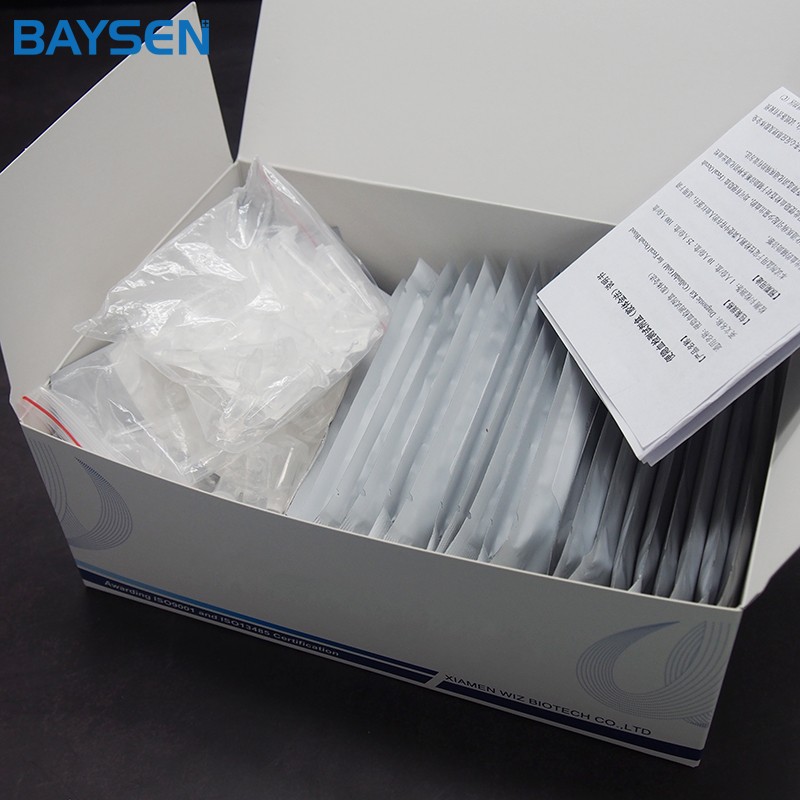HbA1c is what’s known as glycated haemoglobin. This is something that’s made when the glucose (sugar) in your body sticks to your red blood cells. Your body can’t use the sugar properly, so more of it sticks to your blood cells and builds up in your blood. Red blood cells are active for around 2-3 months, which is why the reading is taken quarterly.
Too much sugar in the blood damages your blood vessels. This damage can lead to serious problems in parts of your body like your eyes and feet.
The HbA1c test
You can check these average blood sugar levels yourself, but you’ll have to buy a kit, whereas your healthcare professional will do it for free. It’s different from a finger-prick test, which is a snapshot of your blood sugar levels at a particular time, on a particular day.
You find out your HbA1c level by getting a blood test by a doctor or nurse. Your healthcare team will arrange this for you, but chase it up with your GP if you haven’t had one for a few months.
Most people will have the test every three to six months. But you may need it more often if you’re planning for a baby, your treatment has recently changed, or you’re having problems managing your blood sugar levels.
And some people will need the test less often, usually later on during pregnancy. Or need a different test altogether, like with some types of anaemia. A fructosamine test can be used instead, but it’s very rare.
An HbA1c test is also used to diagnose diabetes, and to keep an eye on your levels if you’re at risk of developing diabetes (you have prediabetes).
The test is sometimes called haemoglobin A1c or just A1c.
Post time: Dec-13-2019







